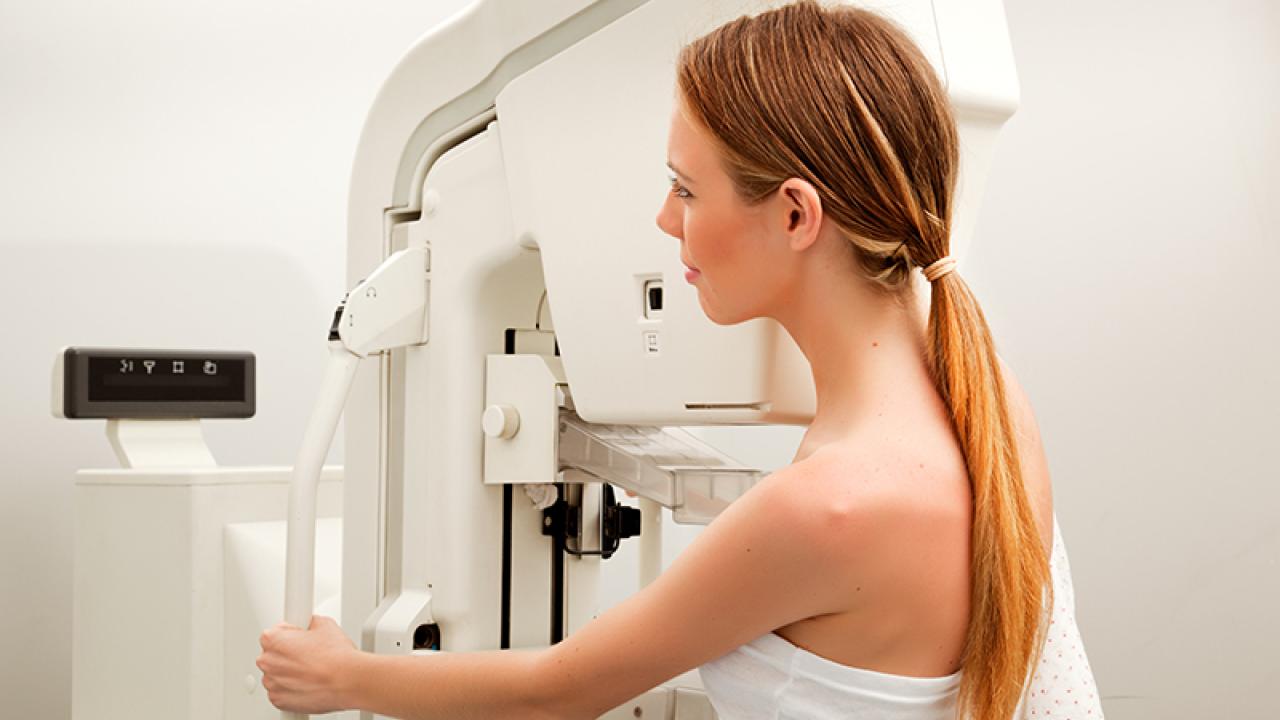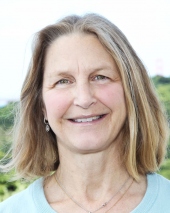
Automated breast-density evaluation was just as accurate in predicting women’s risk of breast cancer, found and not found by mammography, as subjective evaluation done by radiologists, in a study led by researchers at UC San Francisco and Mayo Clinic.
Both assessment methods were equally accurate in predicting both the risk of cancer detected through mammography screening and the risk of interval invasive cancer – that is, cancer diagnosed within a year of a negative mammography result. Both methods predicted interval cancer more strongly than screen-detected cancer. The study was published May 1, 2018, in the Annals of Internal Medicine.

Breast density can increase tumor aggressiveness, as well as mask the presence of tumors in mammograms, explained UCSF Professor of Medicine Karla Kerlikowske, MD, who led the study with Mayo Clinic Professor of Epidemiology Celine Vachon, PhD. “This means that women with dense breasts are more likely to be diagnosed with advanced-stage breast cancers, especially those that are interval cancers, because their cancers are more likely to remain undetected for longer.”
“These findings demonstrate that breast-density evaluation can be done with equal accuracy by either a radiologist or an automated system,” said Kerlikowske. “They also show the potential value of a reproducible automated evaluation in helping identify women with dense breasts who are at higher risk of aggressive tumors, and thus more likely to be candidates for supplemental screening.”
Another important result of the study was that both automated and clinical breast density assessment methods were equally accurate at predicting both screen-detected and interval cancers when breast density was assessed within 5 years of cancer diagnosis.
“These findings have implications for breast cancer risk models, in particular those that predict risk of the more aggressive interval cancer,” said Vachon, the paper’s senior author. “Breast density measures can be used to inform a woman’s risk of screen and/or interval detected cancers up to five years after assessment.”